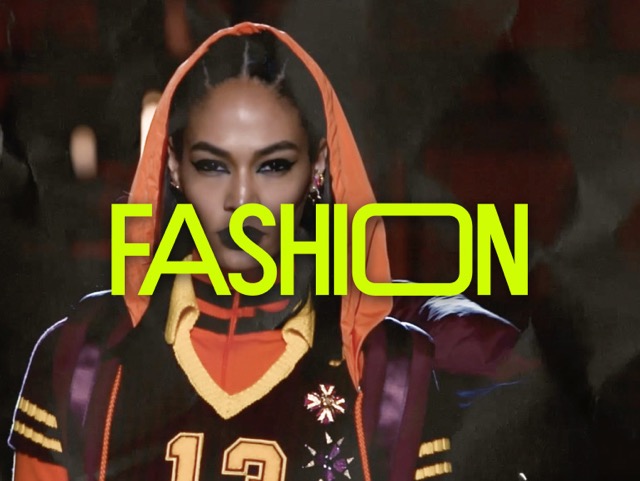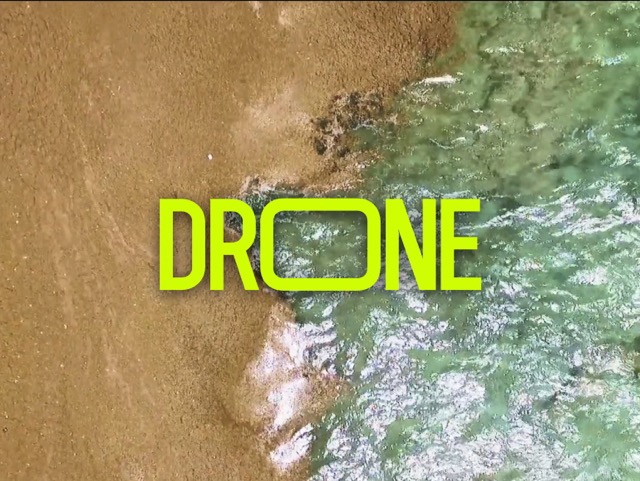In the realm of visual storytelling, the terms “filmmaking” and “videography” are often used interchangeably, leading to confusion about their distinctions. While both involve capturing moving images, they differ in terms of scope, purpose, and techniques. In this article, we will explore the key differences between filmmaking and videography, providing insights into their unique characteristics and contributions to the world of visual media.
Filmmaking
Filmmaking encompasses the creation of narrative or documentary films, typically with a longer duration and a more comprehensive storytelling approach. Filmmakers craft stories through a combination of visual elements, sound, editing techniques, and often a scripted screenplay. Filmmaking involves a highly collaborative process, with a team of professionals working together to bring a vision to life. It includes various stages, such as pre-production, production, and post-production, with careful attention to details like cinematography, production design, and storytelling techniques.
Videography
Videography refers to the process of capturing moving images, typically with a focus on events, commercial work, interviews, or shorter content pieces. Videographers primarily aim to record and document moments, often in real-time, without the elaborate narrative structure commonly associated with filmmaking. Videography can range from single-camera setups for events like weddings or conferences to multi-camera setups for live performances or corporate shoots. While videography involves composition and capturing visually appealing shots, it generally prioritizes recording the subject matter rather than intricate storytelling techniques.
Purpose and Application
Filmmaking:
- Filmmaking is often used for creating narrative or documentary films intended for theatrical release, film festivals, television, or online streaming platforms.
- It allows filmmakers to explore complex themes, character development, and elaborate storytelling techniques.
- Filmmaking aims to engage audiences emotionally, intellectually, and artistically by presenting a cohesive narrative or thematic exploration.
Videography:
- Videography serves various purposes, including event coverage, corporate videos, promotional content, vlogging, social media content, and online tutorials.
- It focuses on capturing and documenting moments, showcasing products or services, or delivering concise messages to a targeted audience.
- Videography often emphasizes efficiency, speed, and adaptability to capture live events or real-time situations.
Equipment and Techniques
Filmmaking:
- Filmmakers typically use professional-grade cinema cameras, specialised lenses, lighting equipment, and audio recording tools to achieve high-quality visuals and sound.
- Cinematic techniques such as camera movements, framing, composition, and advanced editing are employed to enhance storytelling and evoke specific emotions.
- Filmmaking involves intricate pre-production planning, including storyboarding, casting, location scouting, and meticulous post-production editing.
Videography:
- Videographers often use a range of cameras, including professional video cameras, DSLRs, mirrorless cameras, or even smartphones, depending on the requirements of the project.
- Videography techniques focus on capturing moments effectively, utilising stable shots, basic composition principles, and real-time adjustments to ensure proper exposure and framing.
- While editing plays a role in videography, it generally involves simpler post-production processes to achieve a polished final product efficiently.
Collaborative vs. Individual Approach
Filmmaking:
- Filmmaking requires collaboration among various professionals, including directors, writers, producers, cinematographers, production designers, editors, and sound designers.
- The collaborative nature allows for a division of labor and expertise, leading to a more comprehensive and polished end result.
Videography:
- Videography often involves a smaller team or even a single videographer who handles multiple aspects of the production process, such as camera operation, audio recording, and editing.
- The individual approach in videography allows for greater flexibility, quick decision-making, and adaptability to different shooting scenarios.
Conclusion
While filmmaking and videography both involve capturing moving images, they differ significantly in terms of scope, purpose, techniques, and collaborative aspects. Filmmaking focuses on crafting narrative or documentary films with elaborate storytelling techniques, while videography leans towards capturing real-time moments and events. Understanding these distinctions is essential for aspiring filmmakers, videographers, and those seeking visual media services, as it helps clarify the specific expertise and artistic approaches associated with each discipline.
We’re here to help…
If you have any questions please send us a message. We’d love to hear from you. Maybe we can make your next video production extra tasty:)






